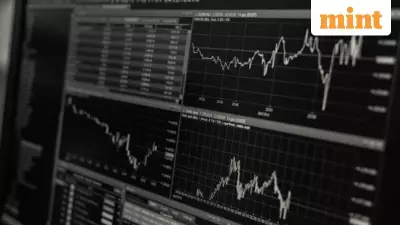
In a significant move that has captured global attention, the US Federal Reserve has announced a 25-basis-point reduction in interest rates, marking a pivotal moment in monetary policy as economic indicators continue to send mixed signals.
The Fed's Strategic Decision
The Federal Open Market Committee (FOMC) concluded its latest meeting with a carefully calibrated quarter-percentage-point cut, demonstrating the central bank's cautious approach to navigating current economic headwinds. This decision comes amid persistent inflation concerns and evolving global economic dynamics.
Behind the Data Blackout
Prior to this announcement, financial markets operated under a communication blackout period, during which Fed officials refrained from public commentary. This traditional quiet period precedes each FOMC meeting, creating an atmosphere of anticipation among investors and economists worldwide.
Global Implications for Emerging Markets
For India and other emerging economies, the Fed's decision carries substantial weight:
- Currency dynamics: Potential impact on INR-USD exchange rates
- Foreign investment flows: Shifts in FII movements into Indian markets
- RBI policy space: Increased flexibility for India's central bank to adjust domestic rates
- Export competitiveness: Effects on Indian exports in global markets
Market Reactions and Analyst Perspectives
Early market indicators suggest cautious optimism among investors, though analysts remain divided on the long-term implications. "The Fed's measured approach reflects the delicate balancing act between supporting growth and controlling inflation," noted a senior economic analyst tracking US-India economic relations.
What's Next for Indian Investors?
Indian market participants should monitor several key factors:
- RBI's upcoming monetary policy committee decisions
- US economic data releases in the coming weeks
- Global crude oil price movements
- Domestic inflation trends and industrial output data
The Fed's forward guidance and subsequent economic projections will be crucial in determining whether this rate cut represents the beginning of a new easing cycle or remains a temporary adjustment in response to specific economic conditions.





